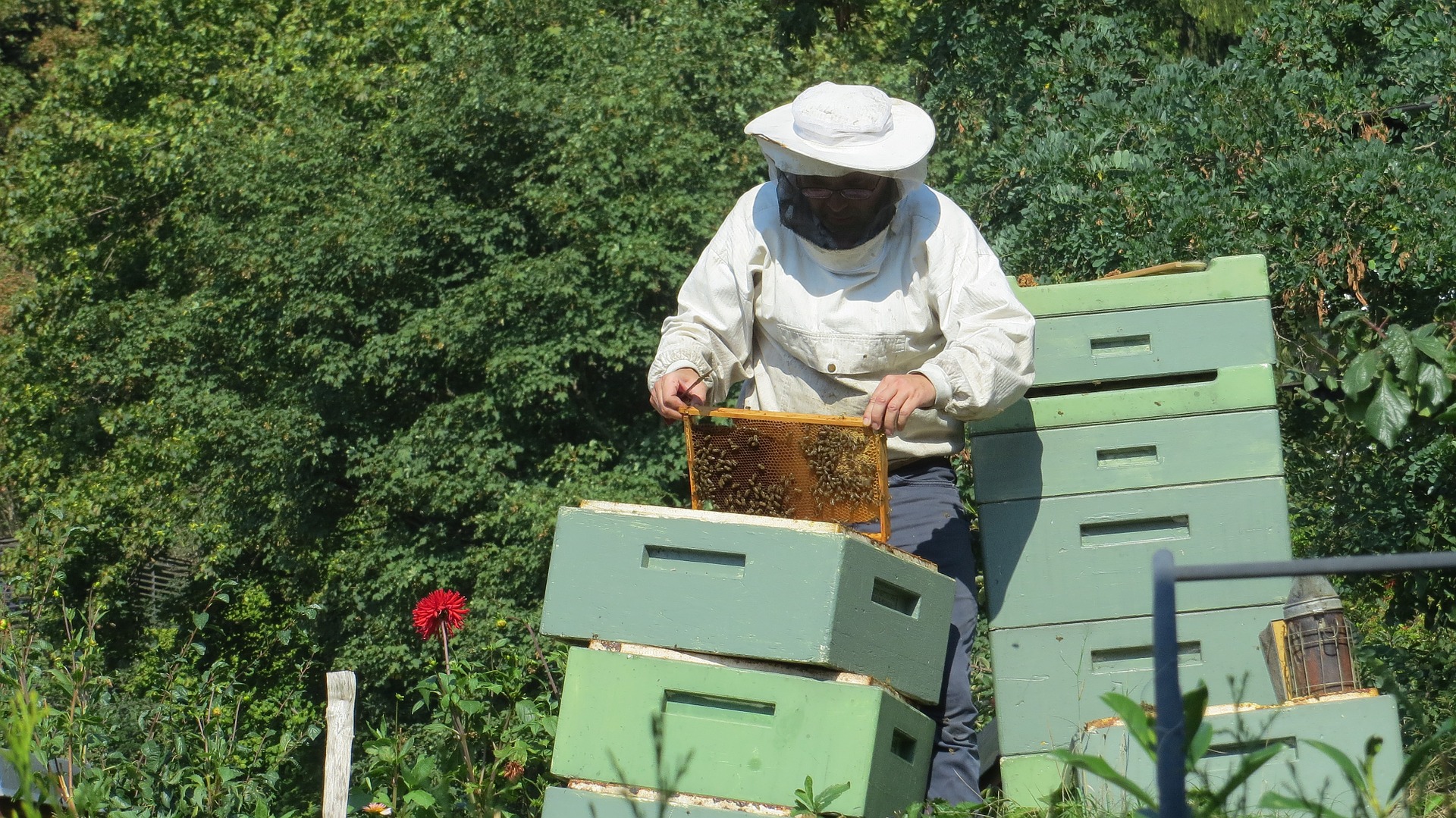Beekeeping requires a lot of learning and advice from experienced beekeepers in order to grow your colony. For easier management, it is recommended to start by keeping it simple while being very keen on the progress of the colony.
This way, you will be able to easily spot warning signs of any issues in the hive and in case things go from bad to worse, you will not lose a lot. But yes it’s more than just having bees and a beekeeping starter kit.
As a beginner, you might receive a lot of confusing advice but bottom-line, for successful beekeeping, it is important to consider the following tips.
1. Learn About Bees First
Information is power. Before you do the actual research about beekeeping, take some time to learn about things such as honeybee behavior and biology. This information is important because it will lay the foundation for successful beekeeping.
Also, with this basic knowledge, you will be able to sniff out wrong beekeeping advice, just in case, someone tries to mislead you.
2. Start Early in the Season
If you begin beekeeping too early in the season, you might starve your bees because they will not be able to find enough food.
Also, if you begin too late, your bees will not have enough time to create enough honey to survive through the winter period. Therefore, you have to begin beekeeping at just the right moment in the season so that your colony can thrive.
3. Begin with Two Hives
The reason for this is to have some comparison between the two colonies that will grow in these hives while learning some things first hand. These twin colonies can also provide backup options for each other and thus, make it cheaper and faster to regenerate the weaker colony.
This is done by transferring honey, pollen or even the queen herself to the other colony if it does not have eggs to raise a new queen.
4. Use Movable Frame Hive Designs
There are many beehive designs on the market. However, movable frame designs are some of the best for beginners because they provide better support for the honeycombs. Movable frames also mean easy replacement and easy swapping, just in case you want to move part of the colony to a different hive.
5. Set up the Apiary in a Suitable Location
Once you have your hives ready, set the bee yard close to sources of water, pollen and nectar. Trees and flowery plants are good sources of pollen and nectar and thus, locations with such vegetation should be considered. Water can be easily supplied through troughs and therefore, this should not worry you one bit.
6. Inspect the Hive Weekly
Beehives must be inspected regularly. They can grow really fast and run out of space much faster than you expected. Therefore, in order to prevent them from swarming, it is important to inspect each hive on a weekly basis, checking if they have enough space by lifting each frame, one at a time. While doing this, also check for signs of disease and the presence of the queen.
7. Harvest Honey at the Right Time and Don’t Take Too Much
Just to be on the safe side, do not harvest any honey during your first year of beekeeping; let the colony grow and flourish. After this period, the amount of honey that you can harvest should depend on two things: your geographical location and the size of your colony.
In tropical areas, where the cold season is not really that cold, you can harvest more honey because the bees will still get more food outside throughout the year. For cold countries, ensure you leave enough honey for them to survive through winter.
On the other hand, if your colony is very large, you need to harvest less so that you leave them with enough to feed them. Otherwise, you can harvest more.
Conclusion
These are the most basic tips that will help guide you through to eating honey from your own farm. Of course, there are some other things that you may find or need to adjust on but the 7 points above will go a long way in ensuring you are “honey secure”.
